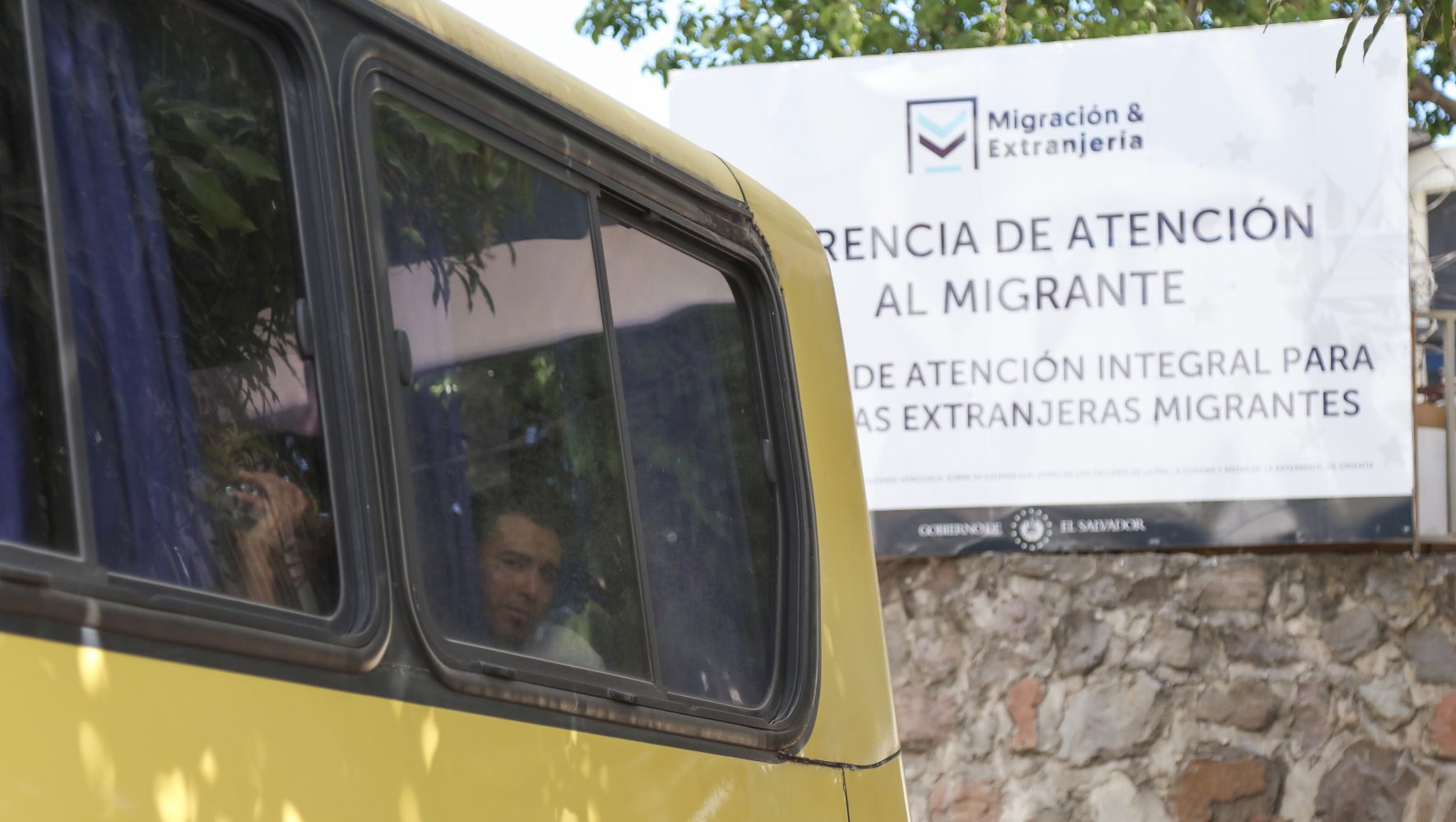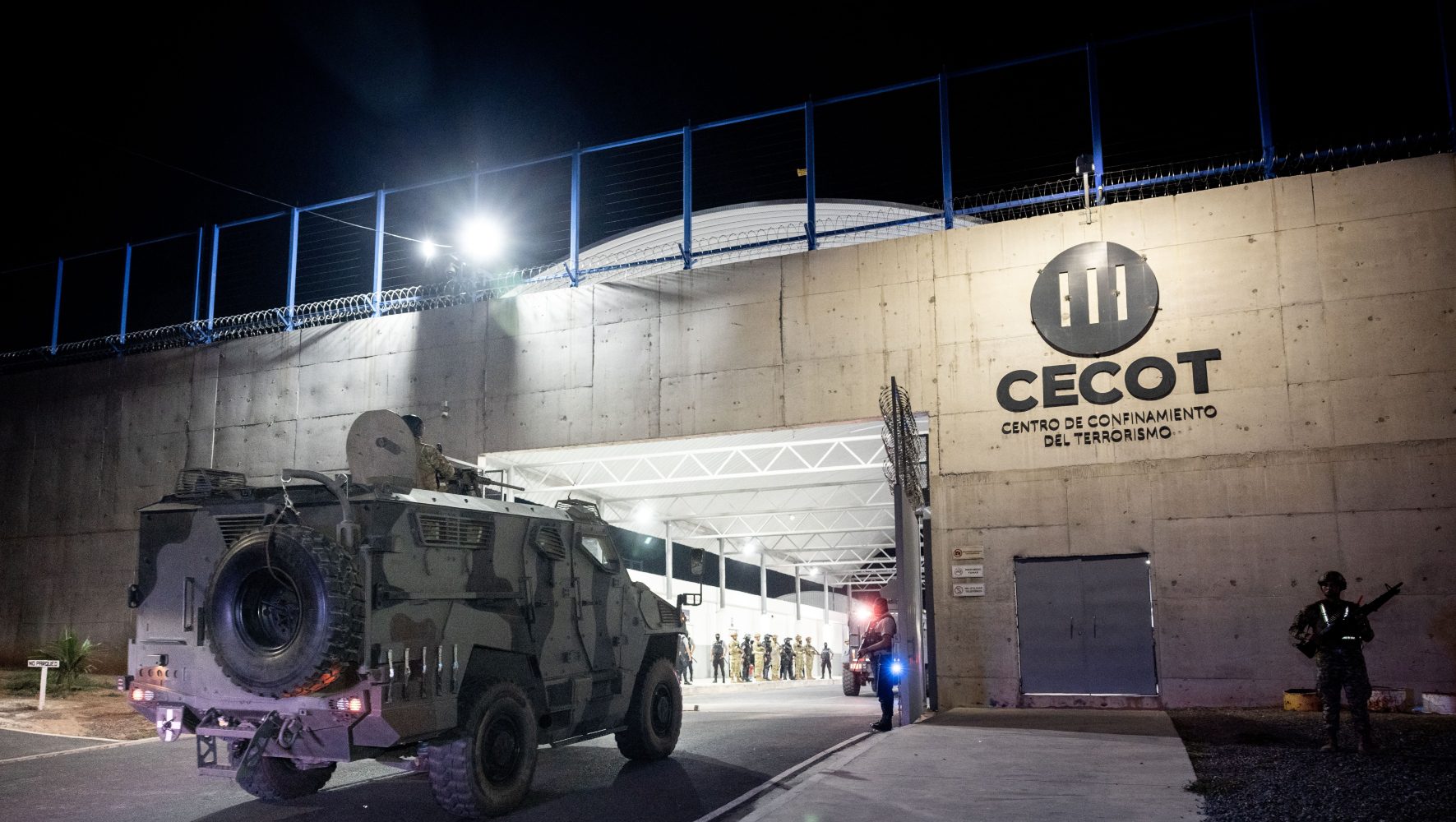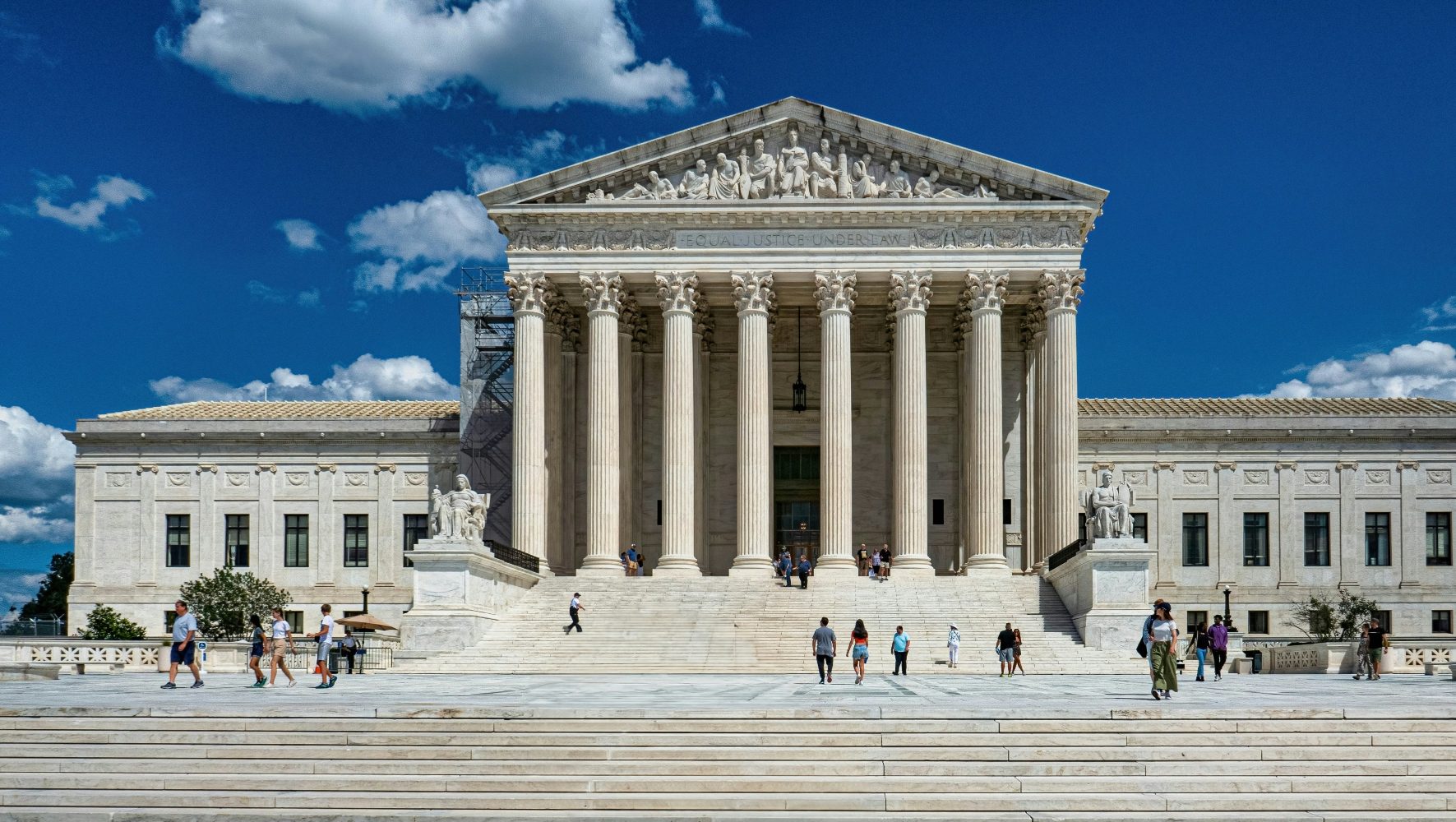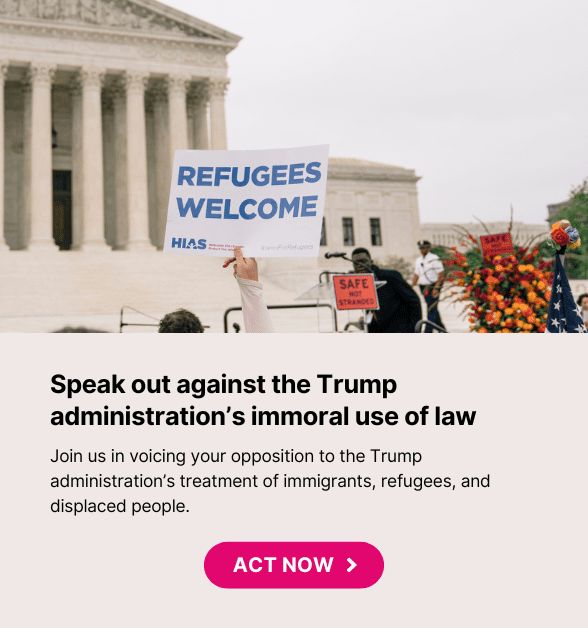How HIAS Came to Work With LGBTQ Refugees
By Sharon Samber, HIAS.org
Jun 01, 2021
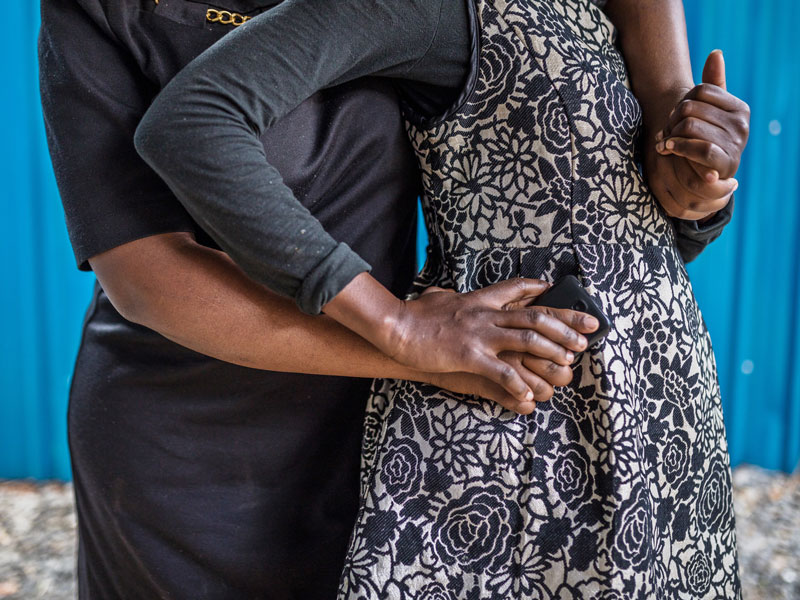
LGBTQ refugees in Kenya. October 2019.
(Brian Otieno for HIAS)
In 2011 Yiftach Millo went out in search of the invisible.
In his field research over the next year, Millo found many LGBTQ refugees in Ecuador, Ghana, Israel, and Kenya living secret lives. Forced to hide from homophobic violence, they were also hidden from refugee assistance agencies. Although these refugees were among the most vulnerable members of the population, refugee protection professionals hardly knew of their existence, let alone of their specific protection needs.
To help make these people’s needs more visible, Millo, who is himself a gay man and today serves as HIAS Aruba’s country director, wrote up his findings in a report for HIAS.
Much has changed since 2013 when HIAS published Millo’s report, “Invisible in the City” — notably HIAS’ growth into a leading organization on LGBTQ refugee issues.
Even though LGBTQ outreach is not a core part of HIAS’ work, it is vitally important and its effect is certainly outsized on the lives of the individuals it touches. For many hundreds of people the difference that HIAS programming has had on them is extreme.
“I confess that I really do not know what would be happening to me right now if I had not been cared for by HIAS,” said an LGBTQ client in Kenya. “I don't know what would have become of me.”
LGBTQ refugees confront extra layers of exclusion that expose them to greater risks of violence. Especially in Africa, where social and legal discrimation against LGBTQ people is especially egregious, HIAS realizes its role to care and connect with the refugees and work with other organizations and communities to ensure the refugees’ safety.
But HIAS actually assigned Millo his project because, even a decade ago, HIAS was out in the field working with LGBTQ refugees in Nairobi, Kenya.
“HIAS was already, at that time, leading the issue,” Millo said, noting that Kenya’s work was groundbreaking. In other countries some HIAS staff were activists in gay communities. After the release of the report, which was sent to the U.S. State Department’s Bureau of Population, Refugees, and Migration, Millo said there was a new understanding of the risks and challenges of LGBTQ refugees.
Today, in many of the fifteen countries where it has international offices, HIAS provides legal advice, case management, mental health support, and economic assistance for LGBTQ refugees so they can achieve social and financial independence. In the United States, a number of HIAS affiliates provide many of the same services as well as resettlement help to LGBTQ refugees and asylum seekers.
One of HIAS’ most extensive efforts to support LGBTQ refugees is in Kenya. Lucy Kiama, HIAS Kenya’s country director, said HIAS was the first agency to get U.S. State Department funding to protect LGBTQ individuals. HIAS also became the first agency in East Africa to draft best practices working with LGBTQ persons. The office has had to respond to difficult situations over the years. For example, in 2014, an influx of over 500 LGBTQ Ugandans fled into neighboring Kenya to avoid persecution after Uganda passed its Anti-Homosexuality Act. Even though the law was annulled later that year, the increase of LGBTQ refugees into Kenya continued.
Reaching out to LGBTQ refugees continues to be difficult across the globe. Despite some progress over the years, such as the U.S. granting asylum on the basis of sexual orientation, there are still today about 70 laws worldwide criminalizing same-sex relations between consenting adults. Conducting targeted outreach is also challenging in many places, and there are many areas where LGBTQ refugees experience cultural hostility.
In some places the size of a program has an inverse relationship to the impact of its outreach. HIAS Israel today works with LGBTQ asylum seekers, and in recent years has managed to help 14 asylum seekers from Eritrea and Sudan and 15 Palestinians. LGBTQ asylum seekers often live in fear of communities from their countries of origin, which are not necessarily accepting of LGBTQ individuals. HIAS Israel has documented how individuals from the Palestinian LGBTQ community are subject to a pattern of persecution which includes violence and abuse from community and government authorities.
“For many of our LGBTQ clients, we are the only ones who know about their sexual orientation or gender identity, and they find our office a safe haven to share their fears and dreams,” said Nimrod Avigal, HIAS Israel’s deputy director and head of legal aid.
Currently, HIAS attorneys in the U.S. are representing LGBTQ clients from 15 different countries in their immigration cases. Resettlement agencies in the HIAS affiliate network understand the particular adaptations required for LGBTQ clients. For example, in Philadelphia, HIAS Pennsylvania provides LGBTQ individuals with culturally sensitive and trauma-informed immigration, legal, and social services and links LGBTQ clients to housing, health, mental health, and employment services.
Some of HIAS’ work with LGBTQ refugees can prove to be precedent-setting. HIAS Greece took the case of Ovileya, a transgender refugee from Bangladesh now living on the Greek island of Lesvos. Against the odds and overturning existing Greek precedent, the HIAS legal team ensured that she could be officially and legally recognized as a refugee and a woman. The change was not only important for Ovileya’s mental well-being; it was essential to her getting the proper official recognition of her refugee status and receiving refugee benefits.
More and more transgender women are approaching HIAS for help, particularly in Latin America, and HIAS has created training programs focused on the needs of transgender women, helping them build sustainable lives. HIAS also partners with local organizations that work with vulnerable LGBTQ individuals to provide entrepreneurship training in Peru and Ecuador, and teaches interested refugees to become community mobilizers to keep LGBTQ refugees informed on health-care access.
Getting help to LGBTQ refugees is still inextricably tied to recognizing the population is likely greater than organizations realize.
“Whenever and wherever you have refugees, you have LGBTQ refugees,” said Millo.
